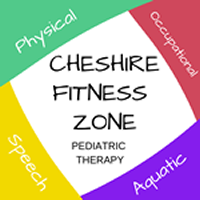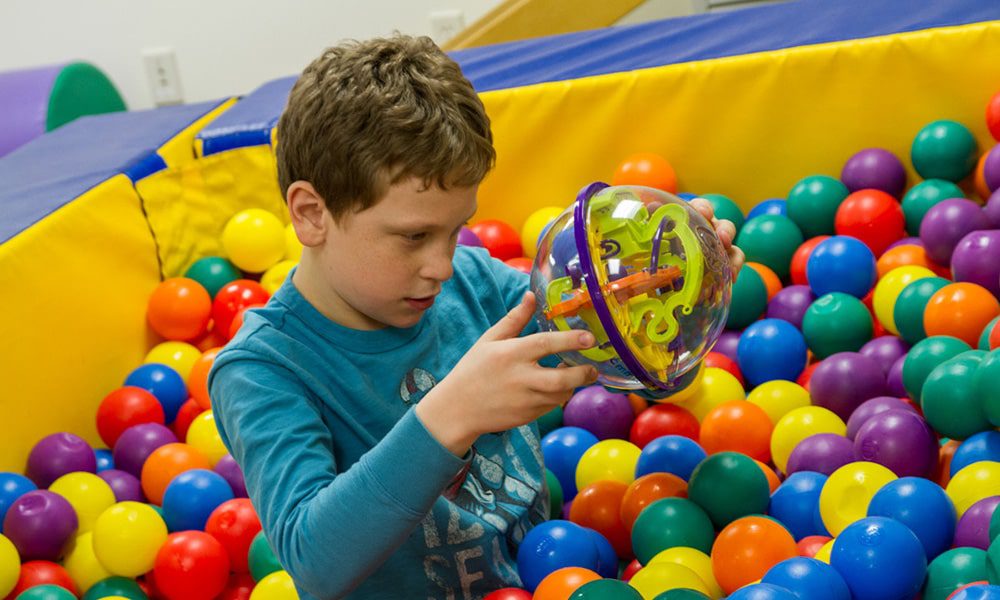Dancing has many benefits and it is a great way to keep in shape. It is a popular activity with people of different ages and this has led to an increase in the number of dance studios in most places. While it is often a fun and safe activity, dancing can sometimes have a negative effect on the body. Dance is one of the very demanding activities, and most dancers experience different injuries at one time or another. Dance performances require balance, power, endurance, and extreme flexibility to execute the different movements.
Injuries often affect people regardless of their age, but younger dancers between 10 to 14 years for boys and 8 to 12 for girls, are more susceptible. During this growth spurt stage, children have a higher risk of injury because the bones are at their weakest. The dancers are at a higher risk of breaking their bones or getting fractures. During this stage, the bones grow faster than the soft tissues, and this leads to the muscles becoming weaker and the ligaments tightening. Following are some common dance-related injuries.
1. Knee Injuries
Some dance techniques require unique positioning of the hip and foot and this leads to constant stress on the knee. The repetitive movements can cause overuse injuries like anterior knee pain also known as patellofemoral pain, or jumper’s knee also called patellar tendonitis. Knee injuries are some of the most frequent dance injuries that people get.
2. Ankle and foot Injuries
Excessive and repetitive movements that are part of a dance are highly likely to lead to swelling or inflammation in the ankle joints and tendons of the foot causing tendinitis. Other common injuries include foot stress fractures and ankle sprains. The sprains are particularly common among ballet dancers from movements that involve standing on toes. Further injuries comprise of sesamoid stress and bunions.
3. Hip injuries
Another common dance injury occurs on the hips. Many young dancers experience snapping hip syndrome and it can be either painful or painless. This condition is often characterized by a “snap,” that is often audible, or the feeling of a click or snap in the hip. The movement of a tendon or muscle over the bony structure causes snapping hip.
4. Back Injuries
Stress fractures in the bones lead to a condition called spondylolysis in the spinal column. This is a common cause of lower back pain. Dance movements involve the back as much as other parts of the body and this can cause stress fractures. If the fracture happens on the two sides of the vertebrae, it causes the bone to become weak and it fails to retain its position. This causes the vertebrae to slide out of its place, leading to spondylolisthesis.
Poor nutrition is often a cause of injury among young dancers. According to studies, many dancers do not consume the suggested daily calorie intake. This means that without the necessary energy intake, the nutritional needs go unmet and the body’s optimal performance is compromised. This leads to a breakdown of bone and muscle placing the young dancer at high risk of injury.



